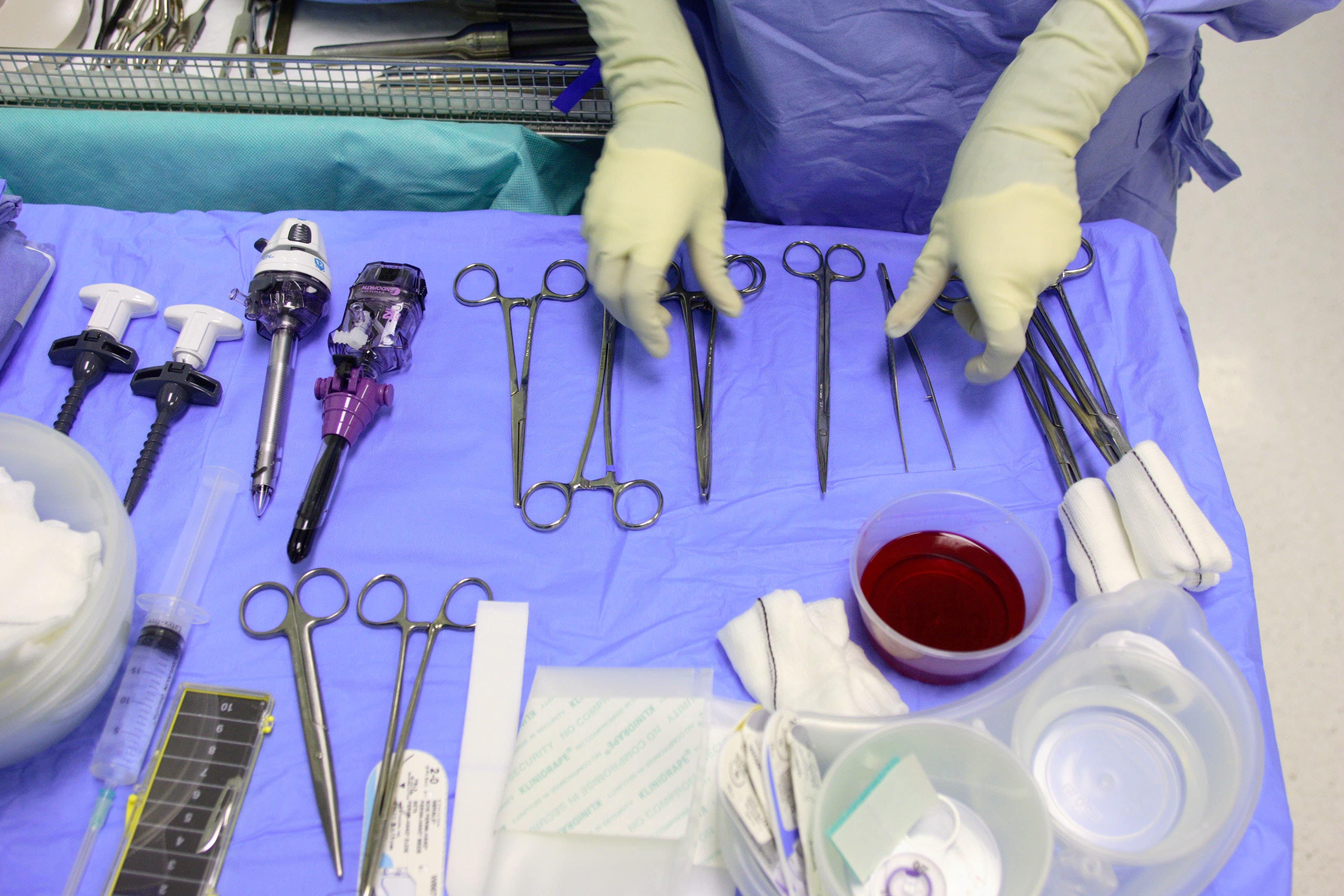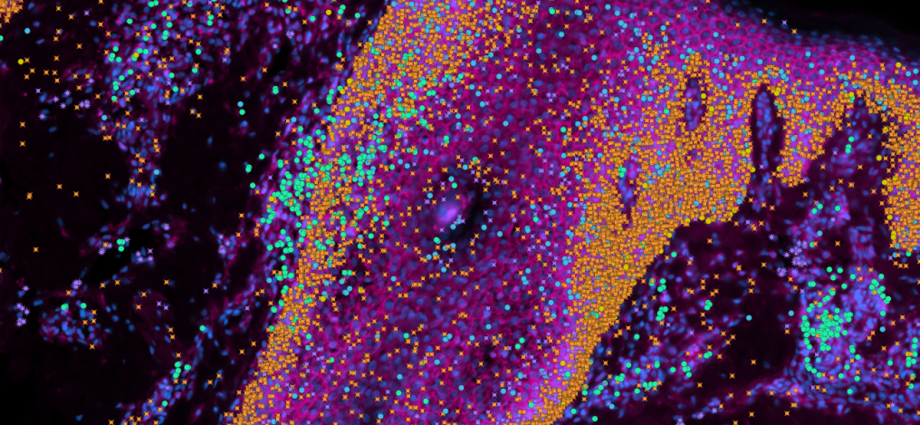Scientists have created a human skin map which provides a “recipe” to build skin.
The findings could be used to create new hair follicles, and skin transplants for burn victims, researchers say.
The study uncovered how human skin is formed.
For the first time, researchers have mapped a human skin cell to understand how skin forms before birth, and what goes wrong in disease.
Before birth, skin has the unique ability to heal without scarring.
The team from the Wellcome Sanger Institute and Newcastle University mapped also created a mini organ of skin in a dish with the ability to grow hair.
Using this organoid, they showed that immune cells play an important role in scarless skin repair, which could lead to ways of preventing scarring after surgery, or result in a wound healing without a scar.
Dr Elena Winheim, co-first author from the Wellcome Sanger Institute, said: “With our prenatal human skin atlas, we’ve provided the first molecular ‘recipe’ for making human skin and uncovered how human hair follicles are formed before birth.
“These insights have amazing clinical potential and could be used in regenerative medicine, when offering skin and hair transplants, such as for burn victims or those with scarring alopecia.”

The skin is the largest organ of the human body, measuring on average two square metres, and provides a protective barrier, regulates body temperature and can regenerate itself.
Skin develops in the sterile environment of the womb, with all hair follicles formed before birth.
It has been very difficult to study how the human skin develops, as animal models have key differences.
As part of the Human Cell Atlas – which is mapping all cell types in the human body – a team of researchers is focused on studying how human skin is built.
Professor Muzlifah Haniffa, co-lead author and interim head of cellular genetics at the Wellcome Sanger Institute, said: “Our prenatal human skin atlas and organoid model provide the research community with freely available tools to study congenital skin diseases and explore regenerative medicine possibilities.
“We are making exciting strides towards creating the Human Cell Atlas, understanding the biological steps of how humans are built, and investigating what goes wrong in disease.”
The findings are published in the Nature journal.











